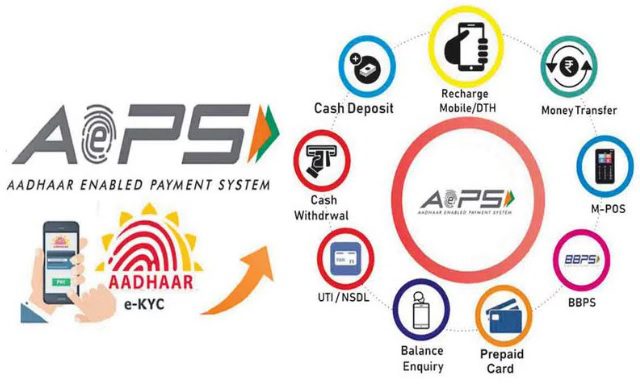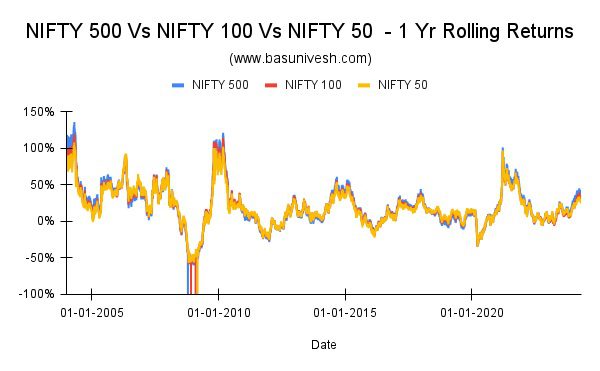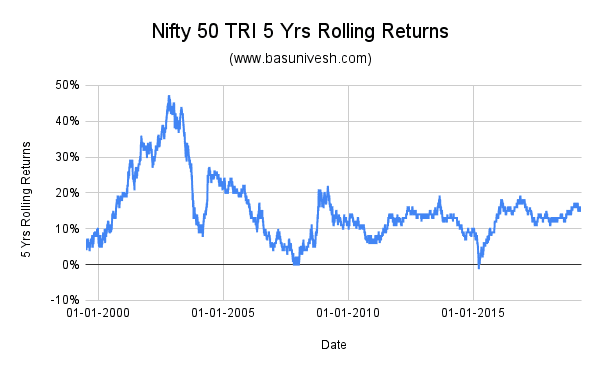What is the Aadhaar Enabled Payment System (AEPS)? What are the features, benefits, charges, and withdrawal limits of the Aadhaar Enabled Payment System (AEPS)?

This feature was introduced to employ the banking facility using Aadhaar. This facility is also used in disbursements of Government entitlements like NREGA, Social Security pension, Handicapped Old Age Pension, etc. of any Central or State Government bodies, using Aadhaar and authentication. This will actually provide the full range of Aadhaar-enabled Banking services. As per NPCI, currently around 18 banks are providing this AEPS service to their customers.
The usage of AEPS is becoming more popular among Indians. As per NPCI data, the number of approved transactions from April – June 2023 is 1750.48 million.
Let us discuss the features of the Aadhaar Enabled Payment System (AEPS) in detail.
Frequently Asked Questions about Aadhaar Enabled Payment System (AEPS)
What is Aadhaar Enabled Payment System (AEPS) transaction?
It is a payment service that allows you to use Aadhaar as your identity to access your Aadhaar-enabled bank account and perform basic banking transactions like balance inquiry, cash withdrawal, cash deposit, mini statement, Aadhaar to Aadhaar fund transfer, or payment transactions through a Business Correspondent (a bank representative helps villagers to open bank accounts. Business Correspondents get a commission from the bank for every new account opening, every transaction made via them, every loan application processed etc.).
How can I start the AEPS service?
You just need a bank account which is linked to your Aadhaar. Make sure that your Aadhaar is properly linked to your bank account.
What are the services available in the Aadhaar Enabled Payment System (AEPS)?
As I mentioned above, below is the list of services you can get from the Aadhaar Enabled Payment System (AEPS).
- Balance inquiry
- Cash withdrawal
- Cash deposit
- Mini statement
- Aadhaar to Aadhaar fund transfer
- Purchase
How do I withdraw money from Adhaar Enabled Payment System (AEPS)?
To use or withdraw money from the Aadhaar Enabled Payment System (AEPS), you need to have a linked bank account, Aadhaar number, fingerprint biometric of the Aadhaar card holder, name or Bank IIN or Issuer Identification Number, and Micro ATM or POS machine provided to a business correspondent to process transactions. Do remember that you do not need to carry your Aadhaar card to do the transactions. You need to know your Aadhaar number and your presence is mandatory.
- Visit the nearest banking correspondent in your area. Do note that he or she doesn’t have to have to be a correspondent from your bank only. He is just a banking correspondent offering you a Micro ATM to avail Aadhaar Enabled Payment System (AEPS).
- Enter your 12-digit Aadhaar number available on your Aadhaar Card in the POS- Point of Sale machine (or Micro ATM).
- Choose the type of transaction that you wish to do like – Cash withdrawal, Cash deposit, Intrabank or Interbank fund transfer, Obtaining a mini statement, or Balance inquiry.
- Select your bank from the list available (if you have multiple bank accounts which are linked to your Aadhaar number).
- Fill in the amount of the transaction (for withdrawal or transfer).
- Now, you have to authenticate the transaction by giving your biometrics like a fingerprint or your iris scan (face recognition).
- In case an Aadhaar is linked to the joint account and where the operation condition is either or survivor, then services can be availed using any of the Aadhaar details.
- Even minors are also allowed to operate AEPS. However, the restrictions may be at the bank level.
- The receiver’s account need not be an AEPS enabled account.
Note that if you have multiple accounts within the same Bank linked to Aadhaar, AEPS services will work with only the primary account associated with the Aadhaar. You need to get in touch with your bank to specify/change the primary account linking.
What are the charges for AEPS Bank?
You do not need to pay anything to avail of this service. It is completely FREE for customers. However, the doorstep service charge will be applicable to the customer as per prevailing fees. But in the case of the Post Office, if you cross the free limit, the nominal fee is charged (which includes GST also).
What is the limit of AEPS transactions per day?
There is no such limit set by RBI to use the AEPS. However, banks have set a transaction limit to avoid misuse of this system based on customer profiles and risk management practices. NPCI has set a maximum transaction amount of Rs.10,000 on a single AEPS financial transaction.
What are the benefits of AEPS?
# As Micro ATMS or POS machines can be brought to at customers’ doorstep, AESP can be used even in remote areas.
# No need for OTP or PIN for performing any transactions through this new method.
# You do not need to have your Debit Card, Bank Account details, or bank login to do the transactions. You need your Aadhaar number and your presence to operate the account.
# The Aadhaar-enabled Payment System is easy to use, safe, and secure payment platform to avail benefits by using Aadhaar number & biometrics.
# An Aadhaar-enabled payment System facilitates disbursements of Government entitlements like NREGA, Social Security pension, Handicapped Old Age Pension, etc. of any Central or State Government bodies using Aadhaar authentication.
# Aadhaar-enabled Payment System facilitates inter-operability across banks in a safe and secure manner.
# It allows underprivileged sections of society to avail of modern banking services.
What are the disadvantages or risks of AEPS?
# Due to poor connectivity in remote areas, there may be a failure of transactions also. This leads to waiting for up to 5 days to get back the money or do the follow-up with the banks.
# Such failed transactions may count as a daily limit set by your bankers leading to restrictions in using the AEPS.
# Even though the deadline to refund money is set within 5 days, sometimes it may take beyond this limit.
# If you transact beyond the limit set by your bank, then it results in failure of transactions. Sometimes money may deducted and you have to wait for few days to get back the money in your account.
# The major concern is biometric failures have been highlighted as a leading cause of AePS failures.
# As to transact Aadhaar number is required, securing your Aadhaar is very important. The best procedure is to lock or unlock your Aadhaar from misuse. The procedure is explained here “How to lock and unlock Aadhaar Card online and prevent misuse?“.
How do I complain about AEPS transaction failures or frauds?
If there is a transaction failure, then the refund will go back to the customer A/C but it might take 5 days. If the amount is not credited back within 5 days, the same can be raised with the bank you hold the account.
You can raise a dispute/complaint through the call centre at @155299, alternatively can choose any assisted / self-service IPPB channels for the same.
At first, you have to raise a dispute/complaint with the bank where you hold the account. The bank will further raise it with the concerned bank via NPCI’s Dispute Management System.
What to do in case of AEPS related financial scams?
You have to take the below steps if you face any financial scams related to AEPS.
# Lock your Aadhaar for further usage to scams.
# Regularly check your bank transactions. If you notice any transaction without your approval, then inform the bank immediately.
# Inform the bank about unauthorized transactions within three days of such an incident.
# Banks and other financial service providers are instructed to inform customers of transactions through SMS and emails, lack of network or access to email IDs may stop them from doing so. Hence, it is best to check your transactions on your own.
# If you still face such unauthorized transactions, then the procedure to claim is the same as any other banking unauthorized transaction complaint. Refer to these detailed RBI Guidelines in case of unauthorized transactions.









